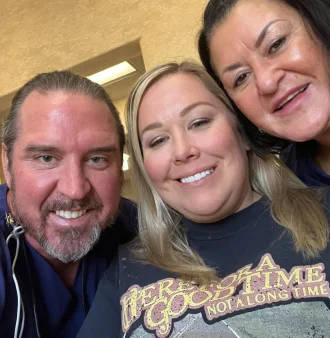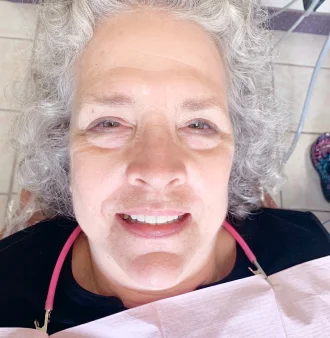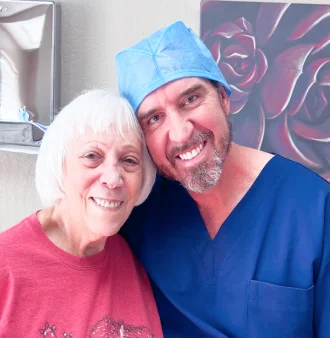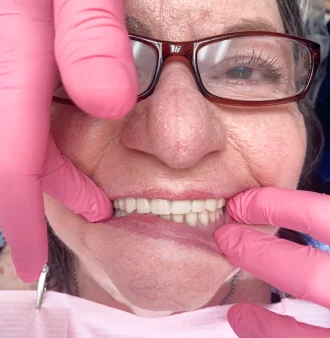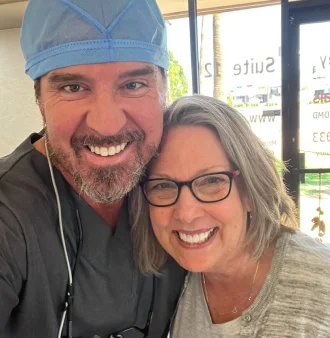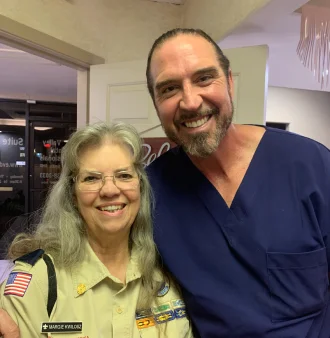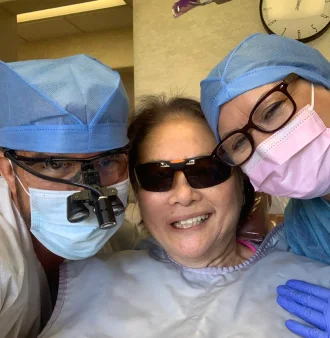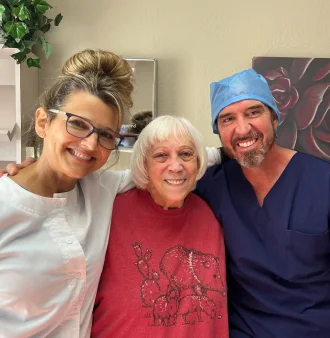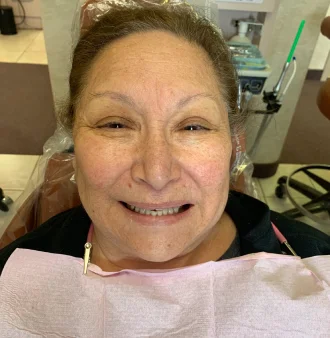Tooth Extractions: Preparation, Procedure and Aftercare
Everyone experiences losing their teeth as a child. However, adults with oral issues such as tooth decay, periodontal disease (also known as gum disease), or impacted or overcrowded teeth can end up losing teeth too. Tooth extraction is sometimes necessary to save your other teeth and for the sake of your overall oral health.
Benefits
- Pain Relief: Tooth extraction can alleviate pain caused by severe decay, infection, or impaction, improving overall oral comfort.
- Prevents Infection: Removing a decayed or infected tooth can prevent the spread of infection to adjacent teeth and other areas of the mouth.
- Orthodontic Benefits: Extractions can create space in a crowded mouth, facilitating the alignment of remaining teeth during orthodontic treatment.
- Eliminates Risk from Impacted Teeth: Extracting impacted teeth, such as wisdom teeth, can prevent complications like pain, swelling, and infection.
- Supports Oral Health: By removing teeth that are beyond repair, extractions can help maintain the health and integrity of the jawbone.
- Aids in Prosthetic Preparation: Extractions can prepare the mouth for prosthetic devices like dentures or implants, ensuring a better fit and function.
What people say
about Us
I've been a patient for fifteen years and I couldn't imagine going elsewhere. Everyone is professional, kind and the best of the best! I've had most every oral procedure and each has been flawless.
They are always friendly, attentive, have quick service and respond quickly to questions.
EVDP is amazing, the patient care is top notch and they do beautiful work! I felt so taken care of as patient and strongly recommend their services!
The visit was great I hope I can come up with the money some he can fix my mouth for me. At 53 have never had a kinder Dr. in my mouth. Wish I had insurance so he could do my work today.
Everyone was helpful and kind. I appreciate the introductions of who people were. My stay was pleasant and I'm hopeful my tooth problem is resolved.
The Extraction Procedure
Dentists and oral surgeons are the only professionals who perform tooth extractions. They are required to go through special training and experience to perform oral surgery. From preparation to aftercare, here’s what you can expect.
Step 1: Initial Assessment
Your dentist will perform a visual inspection of your mouth and take X-rays to help determine the current health of your teeth and gums. They may even be able to determine whether a root canal can prevent complete extraction.
It will be vital for them to review your medical history, as well. You must communicate your past and current medical conditions to your dentist to avoid any unnecessary complications.
Step 2: Dress for the Occasion
Your dentist may determine that you will need anesthesia for the procedure. In that case, you will want to wear comfortable clothes, making sure they can easily access the entry point for anesthesia.
Step 3: The Actual Extraction
The extraction process will depend on the state of the tooth. If it is impacted, the dentist will cut the gum and tissue covering the tooth and gently rock the tooth back and forth to dislodge it from the bone. If the tooth is challenging to remove, it may need to be removed from the mouth in pieces. This type of removal generally requires the use of anesthesia.
For a tooth that is not impacted or is easier to remove, your dentist may be able to apply a local anesthetic instead of using anesthesia. They also may not have to remove tissue or bone. The actual extraction procedure will depend on several factors, including the condition of the tooth and location, how long the tooth root is, and how dense the bone is that holds the tooth in place.
Step 4: Schedule a Ride Home Ahead of Time
If you have to be unconscious for your procedure, you will not be able to drive yourself home afterward. If your dentist recommends a local anesthetic, you may still want to have a family member or friend give you a ride. You will probably be sore and may not be feeling your best.
A Few Things to Note
There are some things you can do to set yourself up for success. Make sure that you do not smoke before your procedure. Follow all of your doctor’s instructions regarding fasting and when to refrain from drinking water. If you develop a cold, let your dental team know ahead of time as you may need to reschedule the procedure.
Complications
As with any medical procedure, there are possible complications that may arise due to a tooth extraction.
Dry Socket
When a tooth is removed, a blood clot usually forms in the socket. Dry socket occurs when the blood clot fails to develop or dissolves before the wound has healed. This condition can be excruciating and may lead to inflammation. Dry socket is a common complication, and pain usually begins one to three days after the extraction procedure.
Excessive Bleeding
There is a risk of excessive bleeding at the removal site. This is one of the many reasons why it is essential to share your medical history and current list of medications you are taking with your dental team.
Infected Gum Tissue
The gums can become irritated and infected after a tooth extraction. If you feel excessive pain, experience swelling or discharge, call your dentist immediately.
Aftercare Tips
While there is no way to guarantee that you will avoid complications, there are things you can do to help the healing process. Here are some aftercare tips:
- Do not smoke. Smoking can introduce carcinogens into the open wound and promote infection.
- Ice. Apply ice or an ice pack wrapped in a towel to help reduce swelling and discomfort.
- Brush and floss but avoid the extraction site. You need to maintain your oral hygiene, including brushing and flossing but carefully avoid the extraction site.
- Eat soft foods. Your mouth will likely be sore, so try to stay away from hard foods that could cause more discomfort.
- Rinse with warm salt water. After 24 hours, you can gently rinse your mouth with 8 ounces of warm water with 1/2 teaspoon of salt added.
- Take medications as directed. Your dentist will advise you which over-the-counter or prescription medications are suitable for you after your procedure. Be sure to follow the dosage recommendations carefully.
- Use pillows to prop up your head. Elevating your head can help with the swelling, so use pillows to make yourself more comfortable.
- Minimize Bleeding. Bite on the gauze pad placed by the dentist to stop or minimize the bleeding.
- Take it Easy. Rest during the first 24 hours after the extraction. Refrain from doing any heavy or exhausting activities during the first few days of the recovery period.
Cost
The cost of a tooth extraction depends on the damage, type of tooth (whether baby or permanent), the kind of extraction needed, and your dental insurance.
Tooth Extractions in Mesa, AZ
Tooth extractions must only be completed by experts, whether a simple extraction or surgical. This is the safest and surest way to have your damaged tooth extracted. If you are located in Mesa, Arizona or the surrounding area, our dental clinic can assist you with any dental problems you may have. Contact our office at 480-838-3033 to schedule an appointment today.
Your Smile's Happy Place! Come visit us and see why
Fun atmosphere, friendly staff, and zero dentist nightmares

